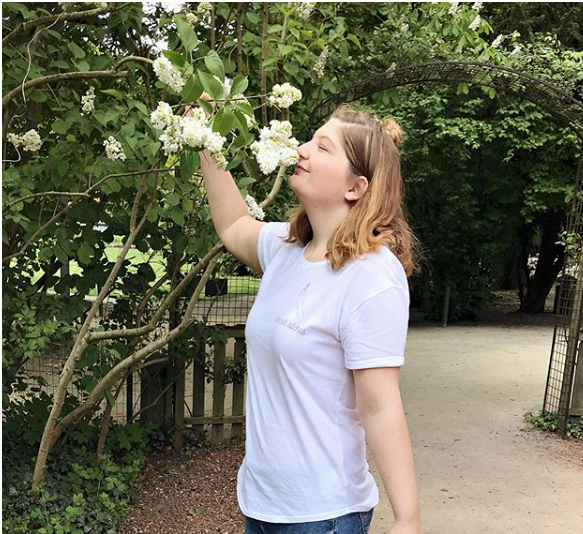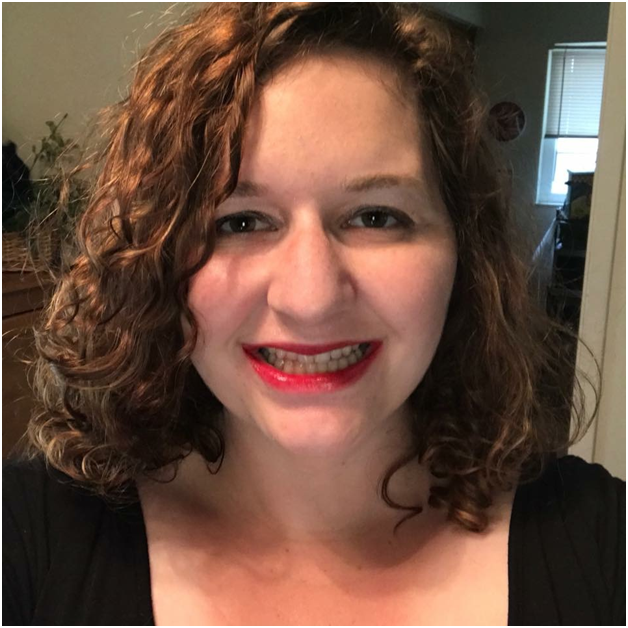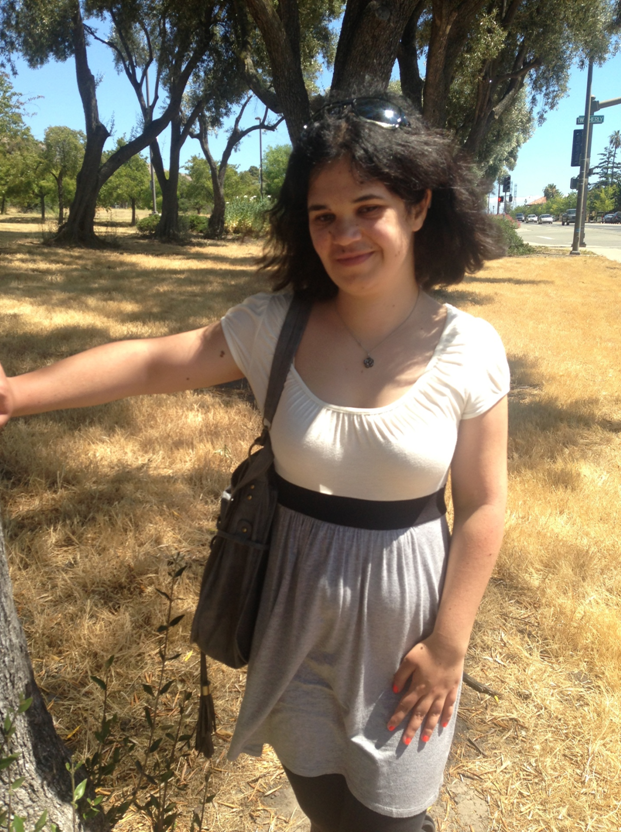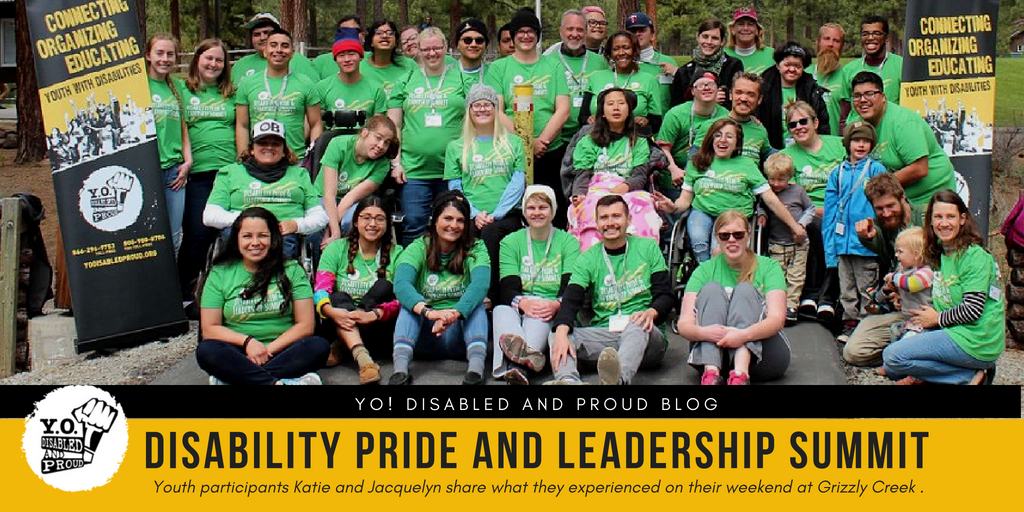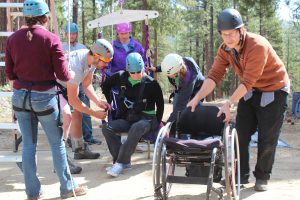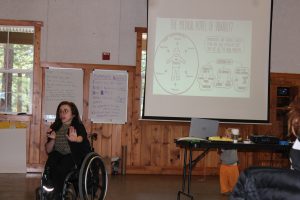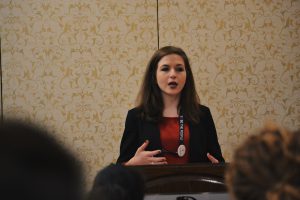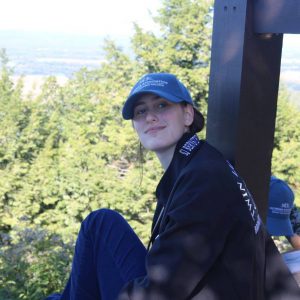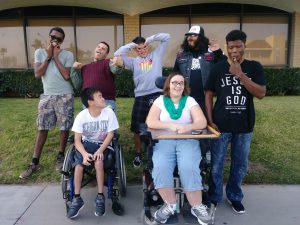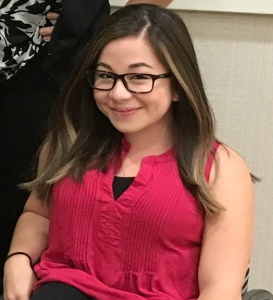ABOUT THE PROGRAM:
YO! Disabled & Proud is a statewide youth program managed by the California Foundation for Independent Living Centers that is focused on connecting, educating and organizing youth with disabilities ages 16-28 throughout California. We achieve this through the development of statewide and regional youth advocacy/transition summits, volunteerism, youth leadership development, collective action, mentorship and communication that prioritizes positive disability identity. To learn more visit our website: www.yodisabledproud.org
OVERVIEW OF THE POSTION:
Under the direction of the Communications and Marketing Manager and Youth Organizer the YO! Volunteer will engage in youth organizing campaigns, promote the YO! Disabled and Proud program, and other CFILC promotional activities. Volunteers for this opportunity must be able to travel to Downtown Sacramento.
POSITION RESPONSIBILITIES:
Outreach
- Assist in organizing of activities related to CFILC’s Youth Organizing! Disabled & Proud program.
- Assist in organizing events that are youth led and youth driven, such as summits, community forums, trainings and leadership events.
- Assist in collecting youth input for projects and campaigns.
Marketing & Public Relations
- Assist in developing website materials and social media content.
- Bolster social network presence for youth organizing activities within your local community.
- Assist in maintaining the local social network for youth.
- Assist in other marketing and public relations tasks such as:
- Researching media outlets
- Compiling social media analytics
- Preparing notes for media interviews
Administrative
- Assist in answering the YO! 411 Hotline.
- Other emerging volunteer assignments as needed.
POSITION QUALIFICATIONS:
- Youth with a disability between the ages of 16 -28.
- Ability to communicate with other youth and adults with disabilities.
- Ability to maintain confidentiality.
- Ability to ask for assistance and support when needed.
- Ability to research, plan and provide information to youth about local resources and events.
- Ability to operate in a computer-based office environment.
- Ability to commitment 16 hours minimum per month for one year.
Compensation
STIPEND: $100/per month
HOW TO APPLY:
Interested applicants should apply online at: http://www.yodisabledproud.org/volunteer/become-volunteer.php
